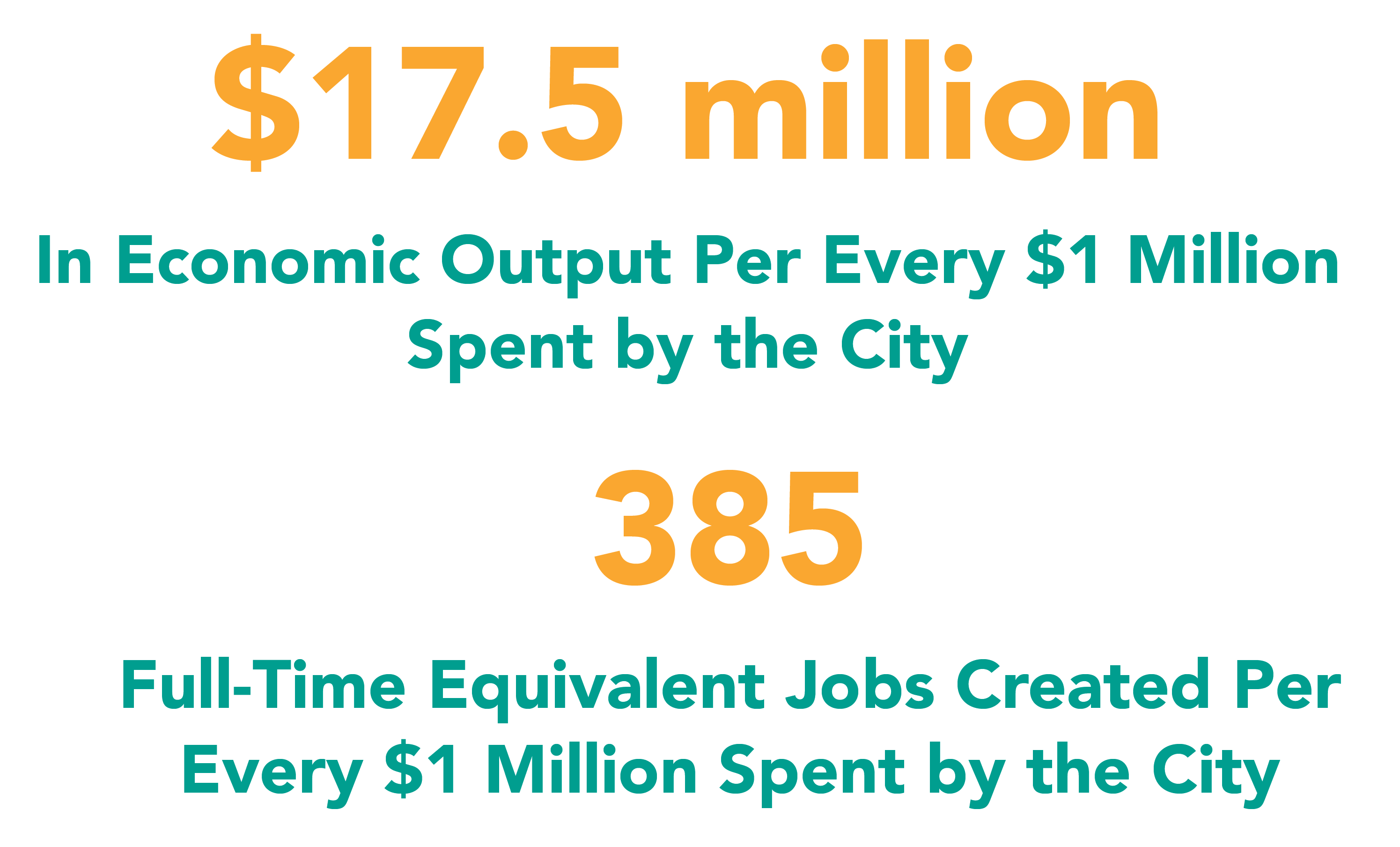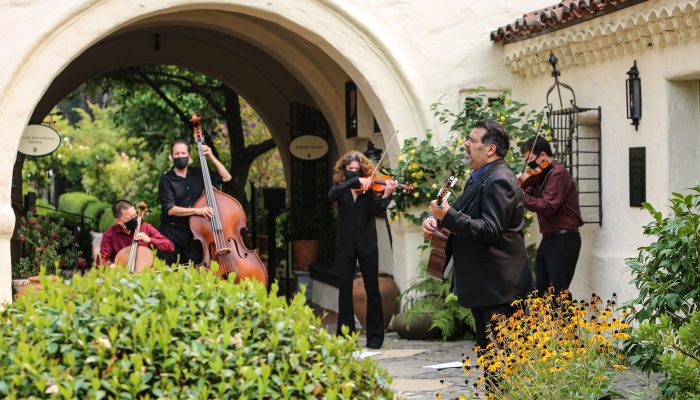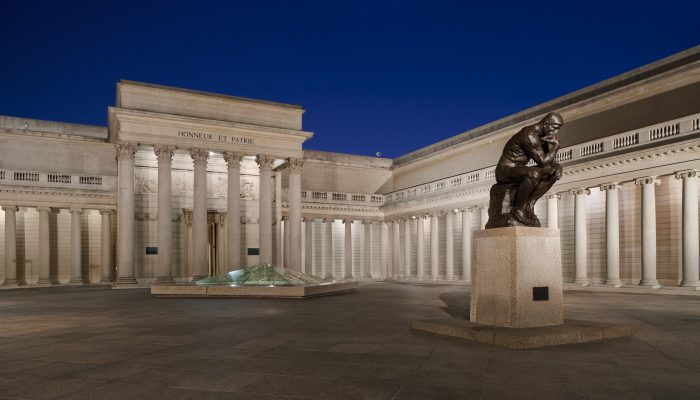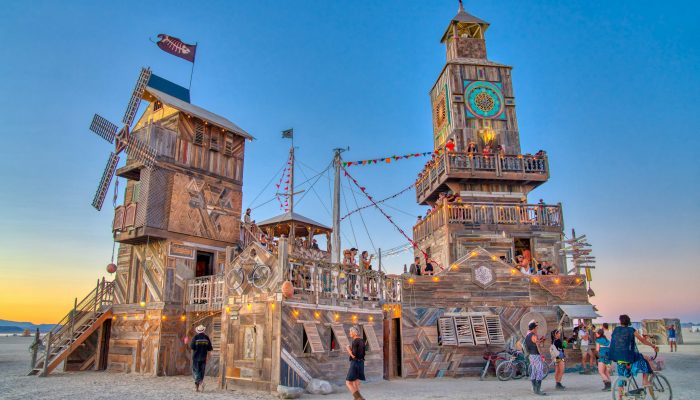This report analyzes the economic contribution of the arts in San Francisco, that details the contribution of arts organizations to the business revenue and employment in the city. The study specifically analyzes the role of organizations supported by the San Francisco Arts Commission and its Grants for the Arts program, as well as the San Francisco War Memorial and performing Arts Center that operates Civic Center facilities including the War Memorial Opera House, Davies Symphony Hall and the Herbst Theater. The assessments includes large and small organizations, cultural organizations, museums, and the performing arts, with many of those organizations profiled.
Arts and the Economy
Introduction
San Francisco is one of the great centers for art in the United States. Few places boast a similar concentration of world-leading arts organizations, and few have a comparably deep community of creative artists and performers. The city’s diversity embraces iconic institutions, but also a rich array of smaller organizations that are deeply connected to their communities and contribute to the unique character of the city and the region.
Arts and cultural organizations are usually viewed in terms of their aesthetics and the opportunities they provide residents and visitors for both entertainment and personal enrichment. They are also, however, an industry that employs people, purchases goods and services, and supports other businesses that rely on their presence, particularly in the districts and neighborhoods where they are located. The best-known draw tourists to the city, and nearly all are deeply engaged in their communities through educational activity that extends their programs beyond their walls, particularly into public schools.
This report assesses the economic contributions of the arts in San Francisco, spanning museums, the performing arts and cultural organizations, including small organizations as well as large ones. It does not address the vast array of for-profit arts and cultural organizations that also support the economy, but focuses instead on organizations and institutions that are supported by the City, either directly through the San Francisco War Memorial Performing & Arts Center or as grantees of the San Francisco Arts Commission or Grants for the Arts. In the aggregate, these organizations are both cultural assets and economic drivers that due to their nonprofit nature need and receive public support.
This report also assesses how arts organizations have been impacted by, and are responding to, the economic shutdowns caused by the current pandemic, and broader but important topics such as the significance of the arts for technology and creative industries. Issues not fully addressed in this report, which lend themselves to further analysis, include how the benefits of investment in the arts are distributed within communities, their ability to impact social equity, and their potential to support broader economic development.
Project Sponsors:

Summary Findings
Total Economic Impact
The nonprofit arts constitute a significant industry in the City of San Francisco – one that generates $1.7 billion in economic output and creates or supports 36,828 full-time equivalent jobs per year.

Return on Investment for the City and County of San Francisco
The City and County of San Francisco supports the arts through budgetary support and grants that help to sustain a wide range of nonprofit arts and cultural organizations within the City, including both city institutions and independent nonprofit organizations. In fiscal year 2019, the City and County of San Francisco spent $95.7 million to support the arts. This includes City grants, operating expenses, facility maintenance, and other investments for the War Memorial (WM), Asian Art Museum (AAM), Arts Commission (ART). Fine Arts Museum (FAM SF), and Grants For The Arts. Every million dollars spent by the City on the arts helps to generate $17.5 million in economic output that supports 385 jobs in San Francisco.



















